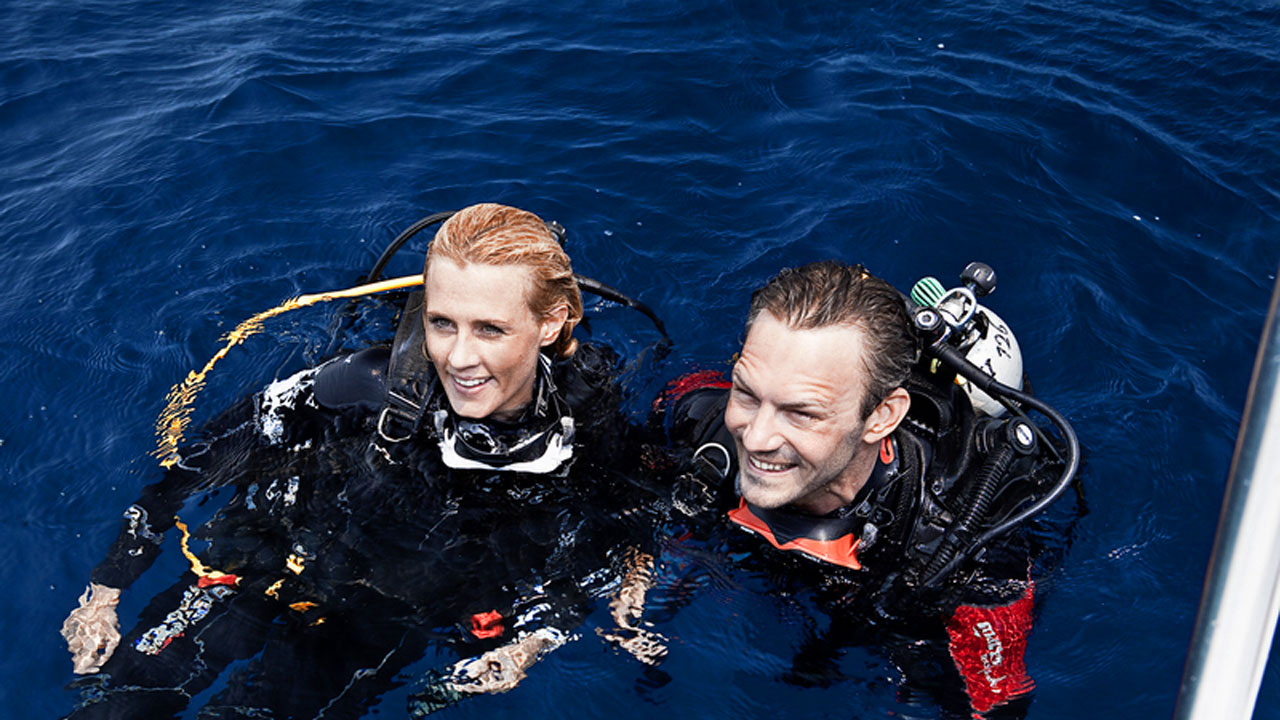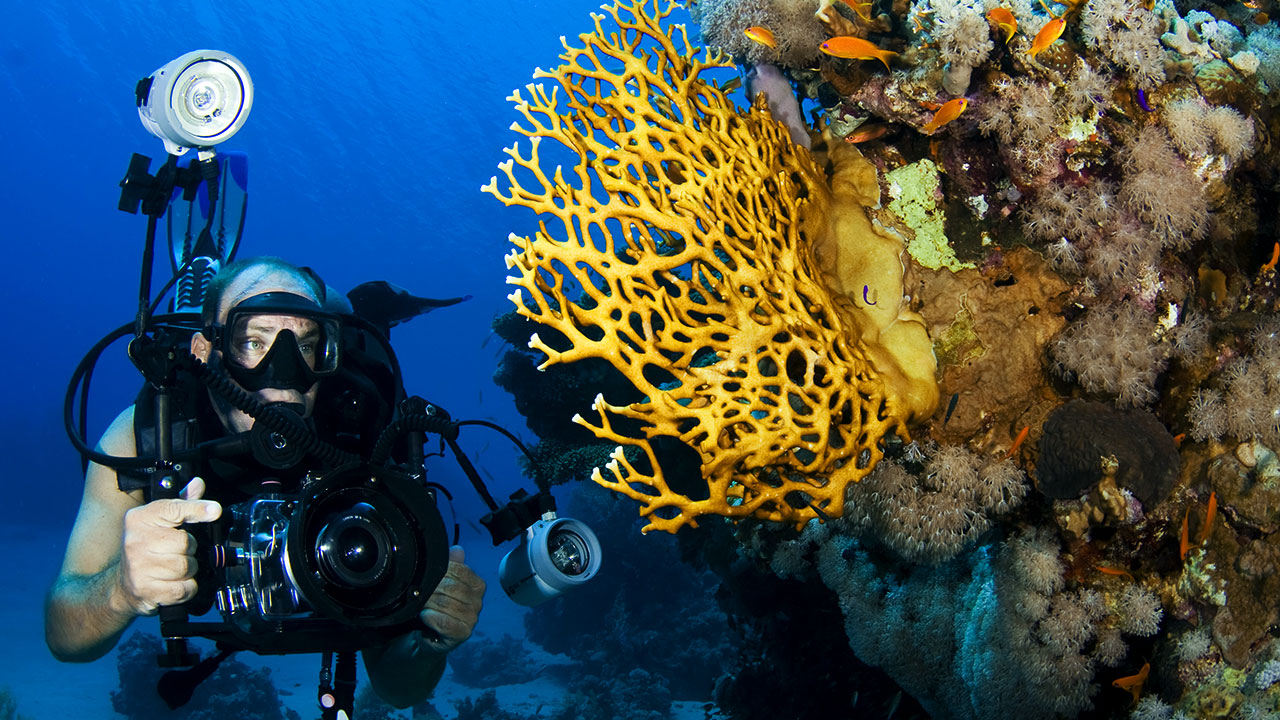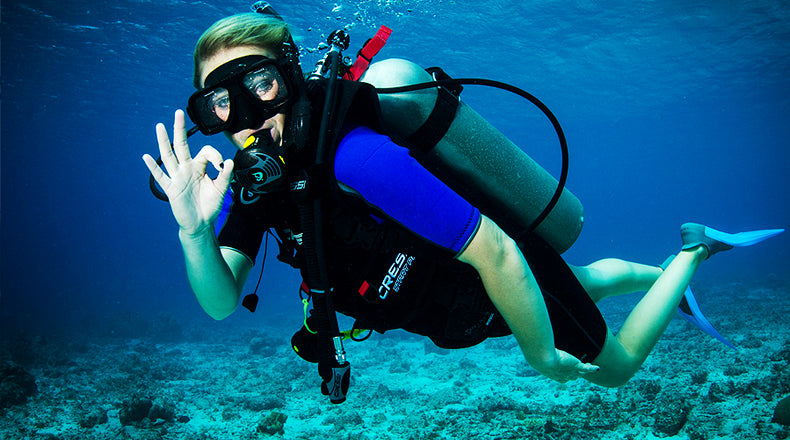5 Tips to Prevent Dive Mask Leaks

Everyone who has ever had problems with a leaking scuba mask knows, that it’s one of the most irritating things that can happen on a dive. Having to constantly stop and clear out the water from your mask does not only distract you from watching the beautiful marine life, but also contributes to poor air consumption. The good news is that performing only a few simple steps can help you ensure you get a great seal and prevent water from entering your mask.
1. Choose a good quality mask. Although all masks look similar, usually the easiest way to determine the quality of a mask is by looking at its skirt. High-quality silicone is a lot softer and more flexible than rubber for example. This means that it will adjust to the curves of your face better. Another useful feature in a mask skirt is a double edge - a small “ridge” of silicon on the inside of the mask closer to the skirt’s edge. It also helps to create a better seal.
2. Use the correct size mask. Some mask models come in a few different sizes, other are specifically designed for smaller or larger faces, so it shouldn’t be too difficult to find a proper mask even if you need a narrower or wider fitting. One of the ways to check if the mask seals is to place it on your face, move the strap out of your way and inhale through your nose to create a suction. If the mask holds on your face comfortably and snugly, you should have a good seal. You can also try moving your mouth or, if possible, placing a regulator or a snorkel in your mouth to see if the facial movements would easily break the mask seal. You may find a mask has good suction until you make the slightest facial movement. You should also avoid masks that are too small or cause too tight of a vacuum, as they can cause facial bruising.
3. Make sure nothing is trapped underneath the skirt of the mask. Any object, however thin it is, can break the seal and allow water to get in if trapped underneath the mask skirt. So, pull your hair back away from your forehead before wearing your mask. If you are wearing a hood, run a finger around the edge of its opening to make sure the mask skirt is against your skin and not overlapping the neoprene. In case you are a gentleman with a mustache, ideally, shave it off. Alternatively, you can apply some lubricant, such as silicone grease, to the part of the mask’s skirt that touches your mustache. Remember though not to use petroleum-based products like Vaseline. The chemicals in these products can break down the silicone skirt and shorten the life of your mask.
4. Double-check if the mask is properly centered on your face. If it is not, you probably will break the seal once you start diving. Also, check the position of the strap on the back of your head. If it's too high or too low it will likely pull the mask skirt one way or another, affecting the seal.
5. Do not tighten the strap too much. Many divers think that if their mask is leaking, tightening the strap will solve the problem. In reality, it won’t force mask to seal, but will only deform the skirt causing more leakage.
Hopefully, these five simple tips will help you prevent your mask from leaking and make your dives more enjoyable.
Do you have any other suggestions on how to prevent water from entering your dive mask? Feel free to share them in the comments below.




